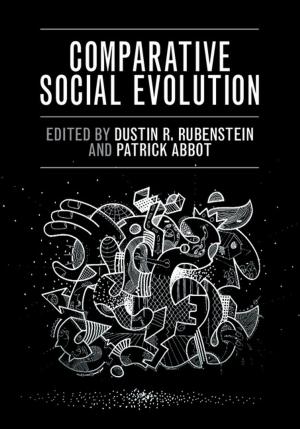Continuity and Change in the Native American Village
Multicultural Origins and Descendants of the Fort Ancient Culture
Nonfiction, Social & Cultural Studies, Social Science, Archaeology, History| Author: | Robert A. Cook | ISBN: | 9781108505758 |
| Publisher: | Cambridge University Press | Publication: | November 2, 2017 |
| Imprint: | Cambridge University Press | Language: | English |
| Author: | Robert A. Cook |
| ISBN: | 9781108505758 |
| Publisher: | Cambridge University Press |
| Publication: | November 2, 2017 |
| Imprint: | Cambridge University Press |
| Language: | English |
Two common questions asked in archaeological investigations are: where did a particular culture come from, and which living cultures is it related to? In this book, Robert A. Cook brings a theoretically and methodologically holistic perspective to his study on the origins and continuity of Native American villages in the North American Midcontinent. He shows that to affiliate archaeological remains with descendant communities fully we need to unaffiliate some of our well-established archaeological constructs. Cook demonstrates how and why Native American villages formed and responded to events such as migration, environment and agricultural developments. He focuses on the big picture of cultural relatedness over broad regions and the amount of social detail that can be gleaned from archaeological and biological data, as well as oral histories.
Two common questions asked in archaeological investigations are: where did a particular culture come from, and which living cultures is it related to? In this book, Robert A. Cook brings a theoretically and methodologically holistic perspective to his study on the origins and continuity of Native American villages in the North American Midcontinent. He shows that to affiliate archaeological remains with descendant communities fully we need to unaffiliate some of our well-established archaeological constructs. Cook demonstrates how and why Native American villages formed and responded to events such as migration, environment and agricultural developments. He focuses on the big picture of cultural relatedness over broad regions and the amount of social detail that can be gleaned from archaeological and biological data, as well as oral histories.















